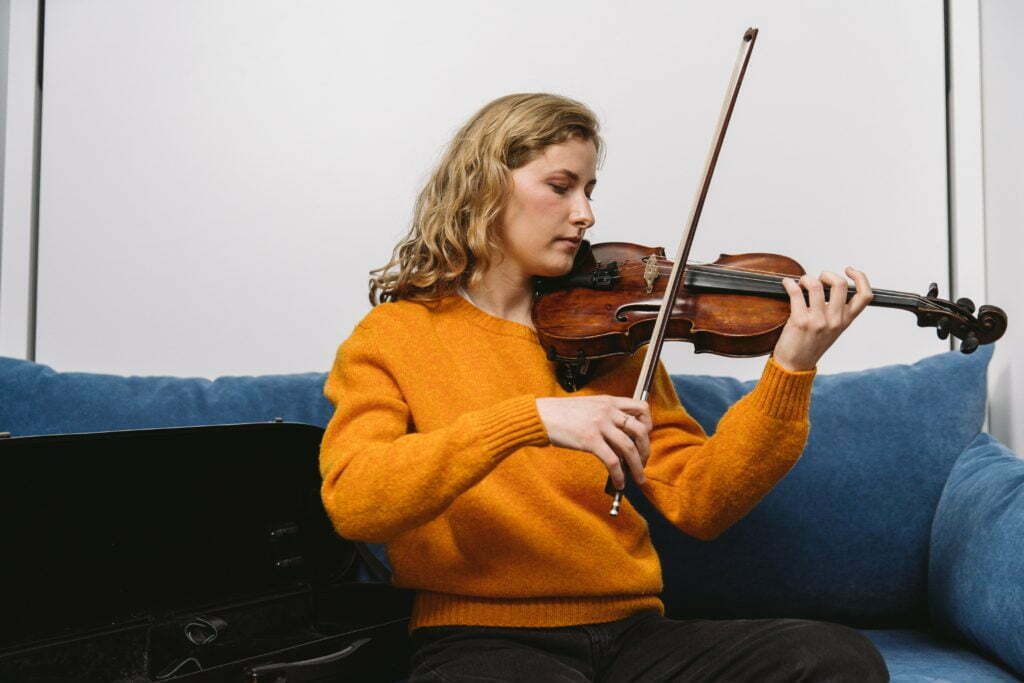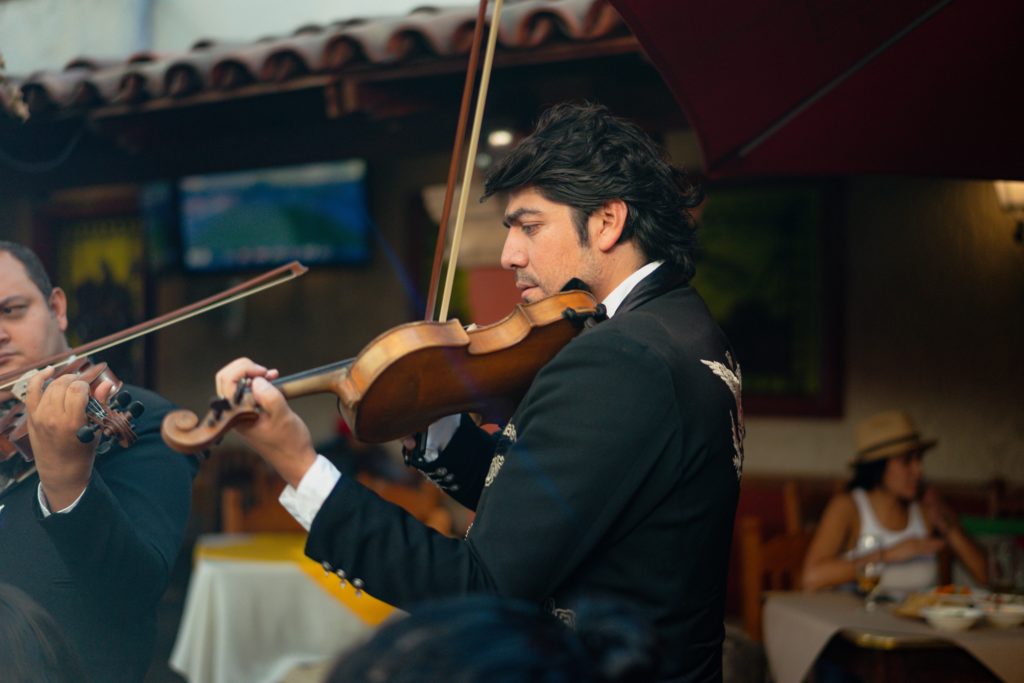The captivating sound and expressive capabilities of the violin have enthralled audiences for centuries. Behind the enchanting melodies lies a profound art form that requires skill, discipline, and a deep connection with the instrument. In this article, we’ll explore the delicate balance between violin technique and expressiveness that defines the mastery of this charming instrument.
Contents
Master the art of violin playing
The foundation of technique
Building a solid foundation of technique is the first step toward mastering the violin. This includes proper posture, hand positioning, bow control, and finger dexterity. We discuss the importance of correct hand and finger placement, understanding the bow grip, and developing a relaxed and efficient bowing technique. Through diligent practice and attention to detail, violinists develop the technical skills necessary to execute intricate passages, produce a beautiful tone, and navigate the fingerboard with precision. You can see more about the basics of violin playing in the article: “The Art of Violin Playing: Tips and Techniques for Beginners”.

The language of expression
Beyond technical proficiency, the violinist must become fluent in the language of expression. Music is a means of communication, and the violin offers a vast palette of emotional expression. We explore the use of dynamics, articulation, vibrato, and phrasing as tools to convey a wide range of emotions. Understanding the composer’s intentions, interpreting musical nuances, and infusing personal expression into the performance are essential aspects of the art of violin playing.
Musical interpretation and personal style
While adhering to the composer’s intentions, violinists have the opportunity to infuse their own personal style and interpretation into their performances. We talk about the significance of musical interpretation, looking at different approaches to phrasing, ornamentation, and improvisation. The violinist’s individuality shines through in their nuanced choices, adding depth and uniqueness to their performances.

Connecting with the audience
A compelling performance extends beyond mere technical prowess and expressive interpretation; it involves establishing a profound connection with the audience. We delve into the importance of stage presence, communication, and creating an emotional bond with listeners. Through a combination of confident stage demeanor, eye contact, and engaging musical storytelling, violinists captivate audiences and transport them into the realm of the music.

Lifelong journey of growth
Playing the violin is a lifelong journey of growth and refinement. We emphasize the importance of ongoing practice, continuous learning, and seeking inspiration from renowned violinists and diverse musical styles. By attending masterclasses, participating in competitions, and collaborating with fellow musicians, violinists nurture their artistic development and expand their horizons.
The art of violin playing encompasses a harmonious blend of technique, expressiveness, interpretation, and connection. It is a discipline that requires dedication, perseverance, and a deep passion for music. As violinists strive for technical mastery and expressive artistry, they become the conduits through which the instrument’s voice is brought to life. With each stroke of the bow and every note played, they create a mesmerizing tapestry of sound, leaving a lasting impact on both themselves and their audiences.
Keep your violin sweetly in tune with the advanced violin tuner in our Guitar Tunio, experiment alternate violin tuning to unlock new sounds, practicing your timing, rhymth and feeling with the built-in virtual metremone. Much more in the Guitar Tunio app. Available on the App Store and Google Play, get it out!
